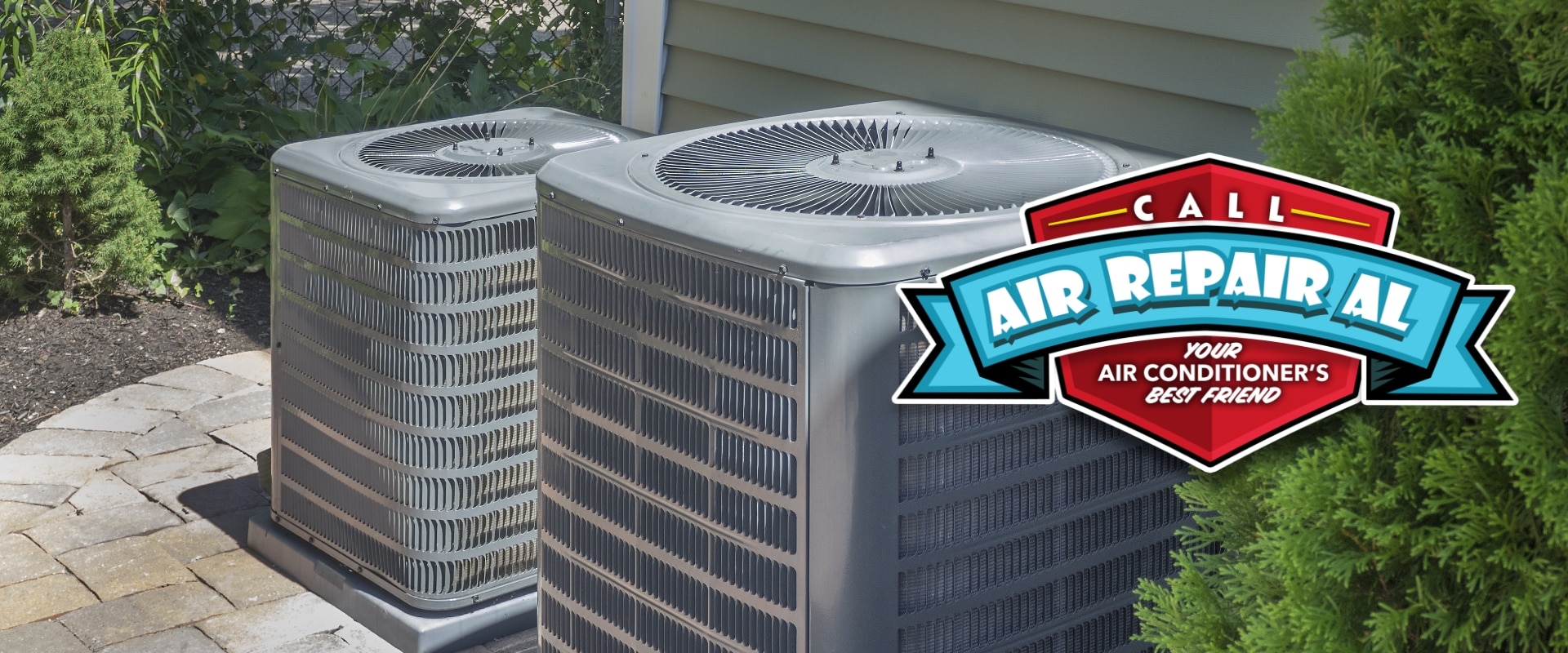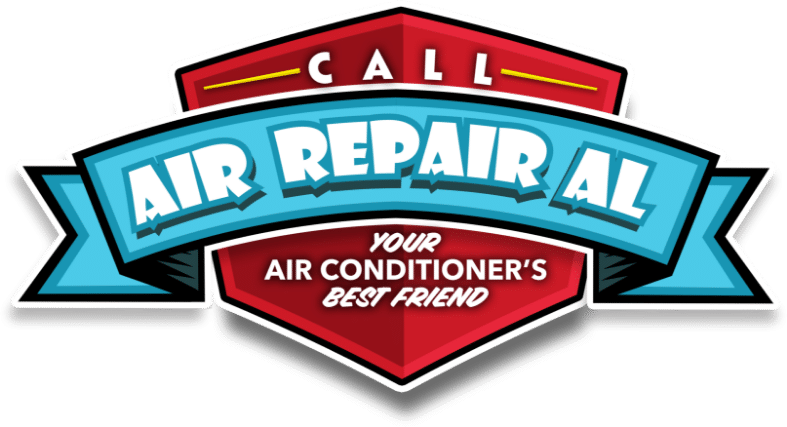
The Heart of Cooling Your Greenville Area Home
Summer in Greenville, SC, brings beautiful sunshine, but also those warm, humid days when your air conditioner becomes your best friend. You know that magic happens inside your home. Cool, crisp air flowing from your vents. But have you ever wondered about that large, humming box sitting quietly outside your house?
That’s your air conditioner’s outdoor unit, and it plays a truly vital role in keeping you comfortable.
The AC Conderser Unit
Often called the condenser unit, this unassuming outdoor powerhouse is where all the heat your AC unit pulls from your home actually gets released. Think of it as the exhaust system for your home’s heat.
Our goal is to help you understand how this crucial component works and why it’s so important for your Greenville home’s comfort.
The Mighty Condenser: Your AC’s Outdoor Powerhouse
The primary job of your outdoor AC unit is simple yet essential: to expel the unwanted heat from inside your home out into the surrounding air.
It’s a common misconception that air conditioners “create” cool air. In reality, they’re heat transfer machines and move heat from where it’s not wanted (inside your house) to where it is (outside).
So, why does this part of your AC system have to be outside?
- Heat Dissipation: It’s designed to release a lot of heat, and if it were indoors, your home would just get hotter!
- Noise Reduction: The compressor and fan, which generate noise, are housed outdoors, keeping your indoor environment peaceful.
Inside the Box: Key Players in Your Outdoor AC Unit
Your outdoor unit is a marvel of engineering, containing several key components that work together to perform this heat-dumping dance:
The Compressor
You can think of the compressor as the “heart” of your AC system. It’s a powerful pump that takes the refrigerant (the special fluid that carries heat) after it’s absorbed heat from your indoor air, and then compresses it. This compression dramatically increases the refrigerant’s pressure and temperature, preparing it to release the heat.
The Condenser Coils
These are long, coiled tubes, often made of copper or aluminum, that are typically wrapped around the inside perimeter of your outdoor unit. As the hot, high-pressure refrigerant gas from the compressor flows through these coils, it starts to cool down.
The Condenser Fan
This large fan sits on top of your outdoor unit (or sometimes on the side) and is responsible for drawing air over the condenser coils. As the outdoor air blows across the hot coils, it absorbs the heat from the refrigerant, allowing the refrigerant to cool down and change back into a liquid state.
Refrigerant Lines
These copper lines act as the “lifelines” connecting your outdoor unit to the indoor part of your AC system (the evaporator coil and blower fan). They form a closed loop, continuously circulating the refrigerant between the two units to transfer heat.
The Cooling Dance: How Your Outdoor Unit Works with the Indoors
The entire cooling process is a continuous cycle involving both your indoor and outdoor units:
- Heat Absorption (Indoors): Inside your Greenville home, warm indoor air is drawn over a cold coil (the evaporator coil) located in your indoor unit. The liquid refrigerant inside this coil absorbs the heat from your indoor air, turning into a low-pressure gas in the process. This cools your indoor air, which is then blown back into your living space.
- Heat Transport: The now-warm, low-pressure gaseous refrigerant travels through a refrigerant line to the outdoor condenser unit.
- Heat Release (Outdoors): Once outside, the compressor pressurizes this warm gas, making it even hotter. This super-heated gas then flows through the condenser coils. As the outdoor fan pulls air over these coils, the heat from the refrigerant is released into the outside air. As it cools down, the refrigerant condenses back into a liquid form.
- Cycle Repeats: The cooled, high-pressure liquid refrigerant then travels back through another refrigerant line to your indoor unit, where the cycle begins again, continuously pulling heat out of your home.
Keeping Your Outdoor Unit Happy: Essential Maintenance Tips for Greenville Homeowners
Because your outdoor unit works hard in the unpredictable Greenville weather, a little attention goes a long way in ensuring its efficiency and longevity.
- Clear the Clutter: This is probably the easiest and most important tip! Keep the area around your outdoor unit clear of leaves, grass clippings, weeds, shrubs, and any other debris. Aim for at least two feet of clear space around all sides to ensure proper airflow.
- Gentle Cleaning: Occasionally, especially after heavy pollen seasons, you can gently rinse the condenser coils with a garden hose (make sure the power to the unit is off at the breaker first!). Be gentle to avoid bending the delicate fins.
- Don’t Always Cover for Winter: While it might seem intuitive to cover your outdoor unit in the winter, modern AC units are built to withstand the elements. An improper cover can actually trap moisture, leading to rust and corrosion. If you do choose to cover it, use a breathable, purpose-made cover that only protects the top of the unit while allowing for airflow on the sides.
- Schedule Professional Tune-Ups: The absolute best thing you can do for your outdoor unit (and your entire AC system) is to schedule annual professional maintenance. A certified Greenville HVAC technician will thoroughly clean the coils, check refrigerant levels, inspect electrical connections, lubricate the fan motor, and identify any potential issues before they become major problems.
Signs Your Outdoor Unit Needs a Little TLC
Your AC unit will often tell you when something’s not right. Pay attention to these signs:
- Warm Air or No Cooling: If your unit is running but not cooling effectively, or blowing warm air, the outdoor unit might not be properly releasing heat. This could be due to dirty coils, a failing fan, or a refrigerant issue.
- Unusual Noises: Rattling, banging, squealing, or hissing sounds coming from the outdoor unit often indicate mechanical problems (like a failing fan motor or compressor) or a refrigerant leak.
- High Energy Bills: If your utility bills are suddenly higher without a change in usage, your AC might be working harder (and less efficiently) due to issues with the outdoor unit.
- Ice on the Coils: While it seems counterintuitive for an outdoor unit, ice forming on the coils can indicate a problem with airflow or low refrigerant.
- Unit Not Turning On: Check your thermostat and breaker first, but if the outdoor unit simply isn’t starting, it’s time for a professional diagnosis.
Need Help with Your Home AC Unit?
Your AC’s outdoor unit is much more than just a big box; it’s a critical component that works tirelessly to keep your Greenville home cool and comfortable. Understanding its role and performing basic maintenance can help ensure its efficiency and longevity and possibly avoid costly repairs.
For any concerns, complex issues, or to ask a question of ouir local HVAC professionals don’t hesitate to call 864-777-1111 and schedule your maintenance tune-up.

